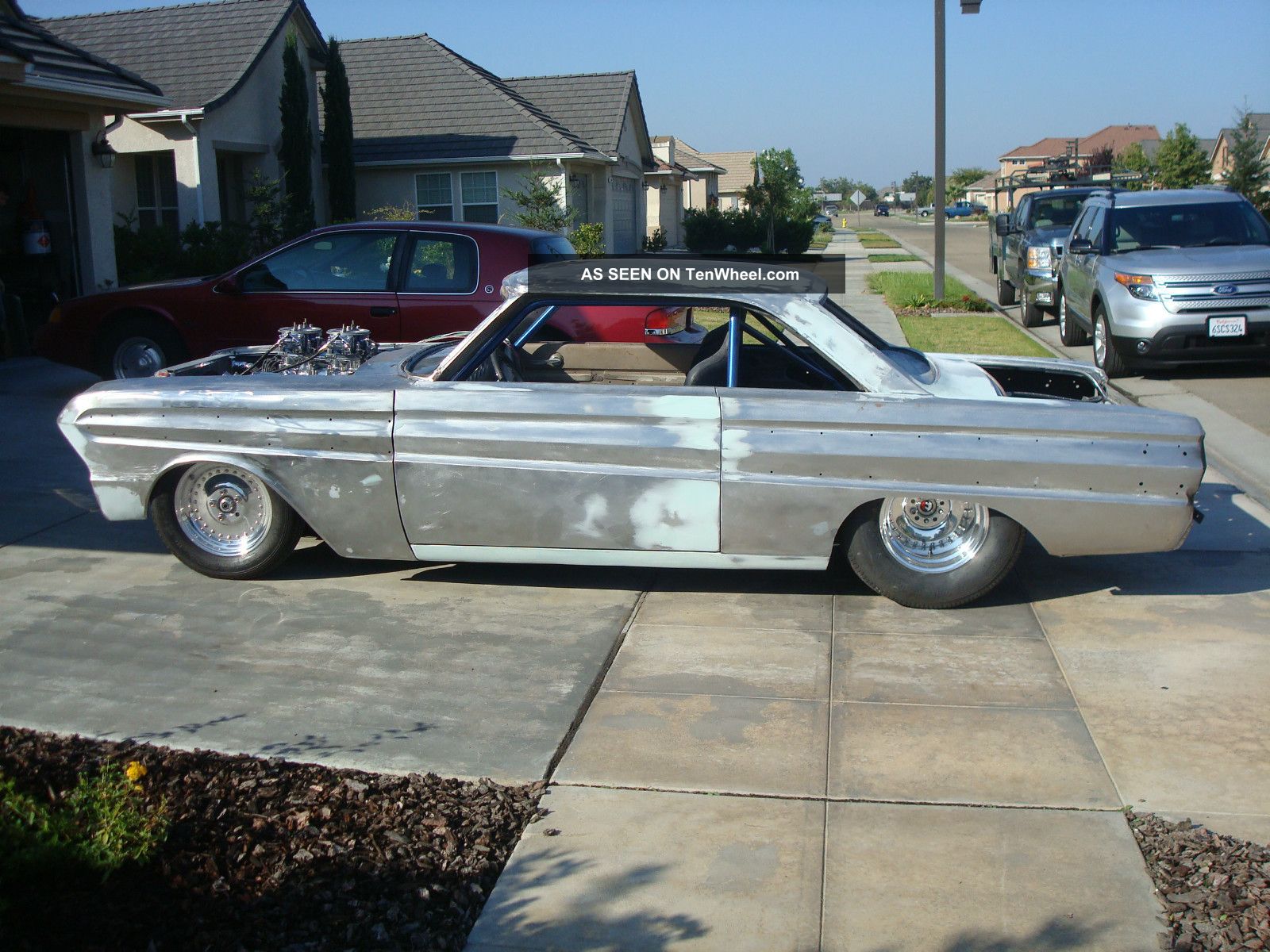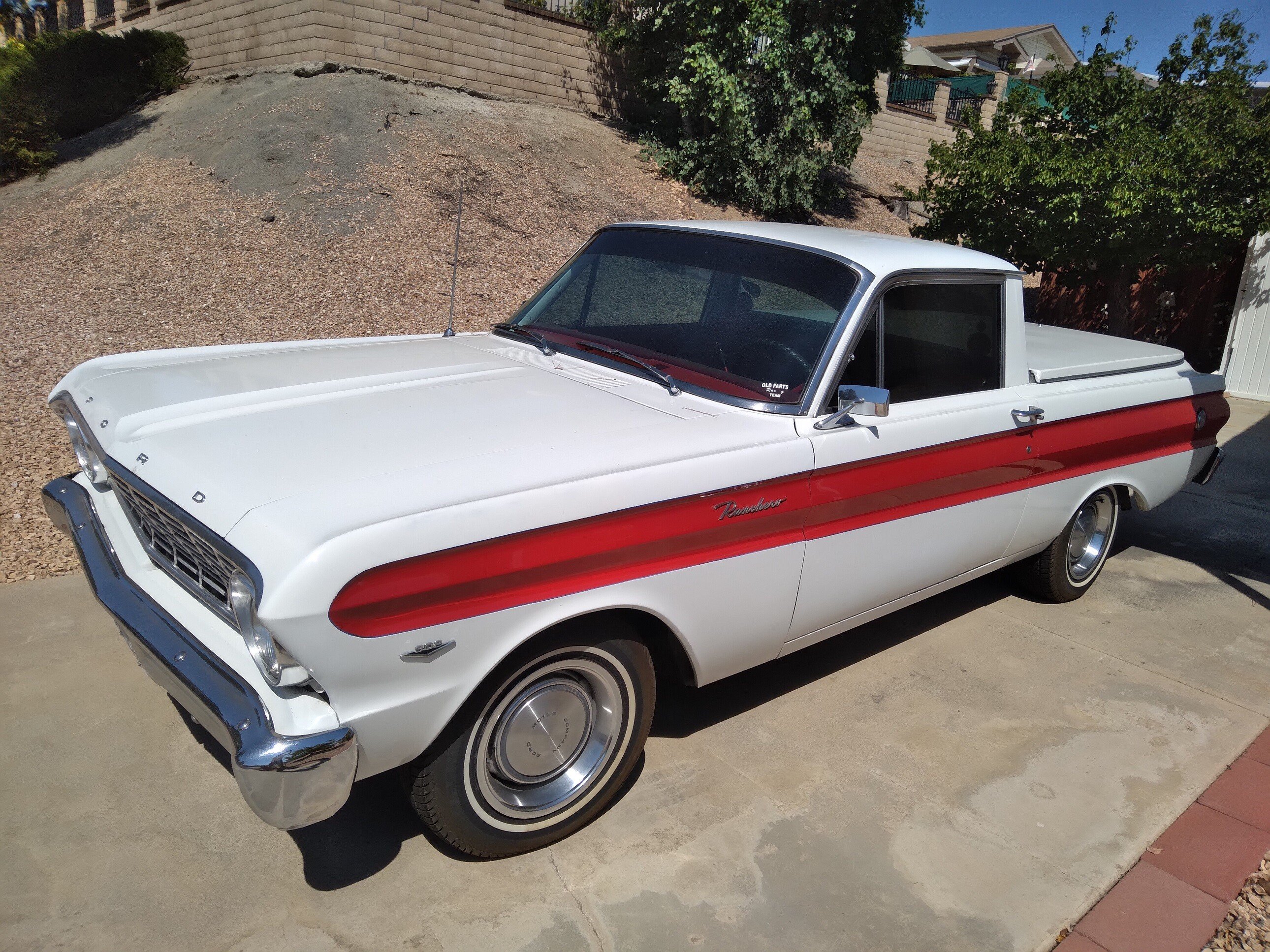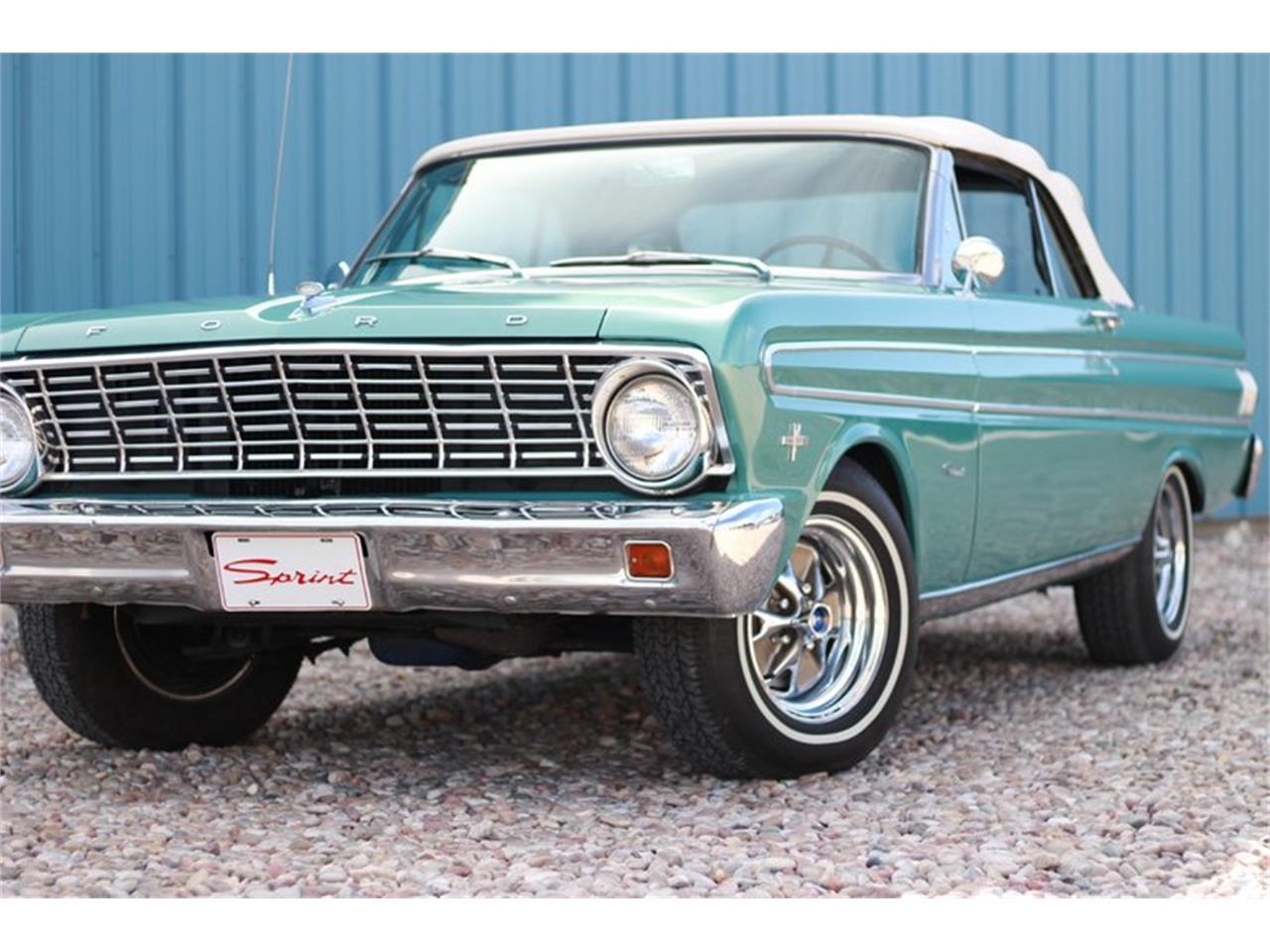


The neighbor across the street from my best friend growing up had one sitting next to his house. Have had a love for these for a long time. That makes this one worthy of closer consideration and worth being returned by a new owner to its former glory. Finding a good Sprint project car today is a battle, but that appears to be what is on offer here. However, with a mere 3,106 cars rolling off the line in 1965, the party was over. For 1964, that figure rose to 18,108 cars. The 1963 model year saw the company sell 15,081 examples of the Sprint in both Hardtop and Convertible guises. Had Ford ignored the potential available to them in the First Generation Mustang, there’s no doubt that the Falcon Sprint would have sold in significant numbers.

This Sprint has fifty-seven years under its belt, and if the buyer puts the effort and expense into the interior, there’s no reason why it couldn’t still look pretty dazzling when the car clocks a century. Treated with ongoing care and respect, upholstery can easily last for many decades. That may seem like a significant cost, but it’s worth remembering that an interior retrim should represent a one-off expense. I had no drama locating a high-quality kit with everything required to return this car to showroom condition for $2,700. The lower production totals of the Sprint compared to the equivalent Mustang means that trim kits are slightly more expensive. That means that returning the interior to a factory-fresh state would be possible. The dash houses a radio/cassette player in place of the factory radio, but nobody has cut the dash to accommodate it. The front bucket seats wear aftermarket cloth upholstery, although the rear bench retains its original vinyl. It remains serviceable as-is, although it would “pop” with a bit of effort. This Sprint’s interior is a blank canvas, and how the buyer tackles it will depend on their vision for the car. Therefore, the buyer could drive and enjoy this classic immediately and could undertake the restoration work as time and circumstances allow.
1964 FALCON DRIVER
He describes it as a fun driver that can easily smoke the tires. The owner believes that this car still retains its numbers-matching 289, although he acknowledges the transmission codes from the 1968 model year. If the owner pointed a Sprint at the ¼ mile, the journey would be over in around 16.4 seconds. The Sprint tipped the scales at around 100lbs more than an equivalent Mustang, but their performance figures remained neck-and-neck.
1964 FALCON MANUAL
That is what we find under the hood of our feature car, while this Sprint is also equipped with a four-speed Top Loader manual transmission and power steering. This motor continued into 1964, although it made way for the iconic 289ci unit late in that production year. When Ford initially introduced the Sprint, the company’s 260ci V8 occupied its engine bay. I believe that it would be worth the effort because I feel that most of the trim would react positively to that type of attention. Before spending any money on trim or chrome, I would give everything careful attention with a quality polishing product. The glass is in excellent condition, and the owner includes a new set of rubbers for potential buyers seeking a high-grade restoration. That means that the new owner could tackle any potential repairs with small patches in a home workshop. The owner says that the frame is rock solid and that the remaining sheetmetal is virtually rust-free. Nothing visible would justify panel replacement, and the same is true when we consider the crucial question of rust. The panels are impressively straight for a vehicle of this age, with no evidence of anything beyond a few minor marks for the buyer to tackle. There’s no denying that its Dynasty Green paint has seen better days, but it’s when you look beyond the tired paint that you begin to appreciate what this classic has to offer. There’s a bit to consider with this Sprint. You could drive away in this promising project car for $19,500. It is located in Denver, Colorado, and has been listed for sale here on Barn Finds Classifieds. This one looks like a gem, and its overall condition makes it a prime candidate for a straightforward restoration. Therefore, finding a solid Sprint project car today can be a battle. Potential buyers became so swept up in their desire to park a Mustang in their driveway that cars like this 1964 Falcon Sprint remained lost in the shadows. It wouldn’t be stretching credibility to suggest that the release of the First Generation Mustang sealed the fate of the Ford Falcon Sprint.


 0 kommentar(er)
0 kommentar(er)
